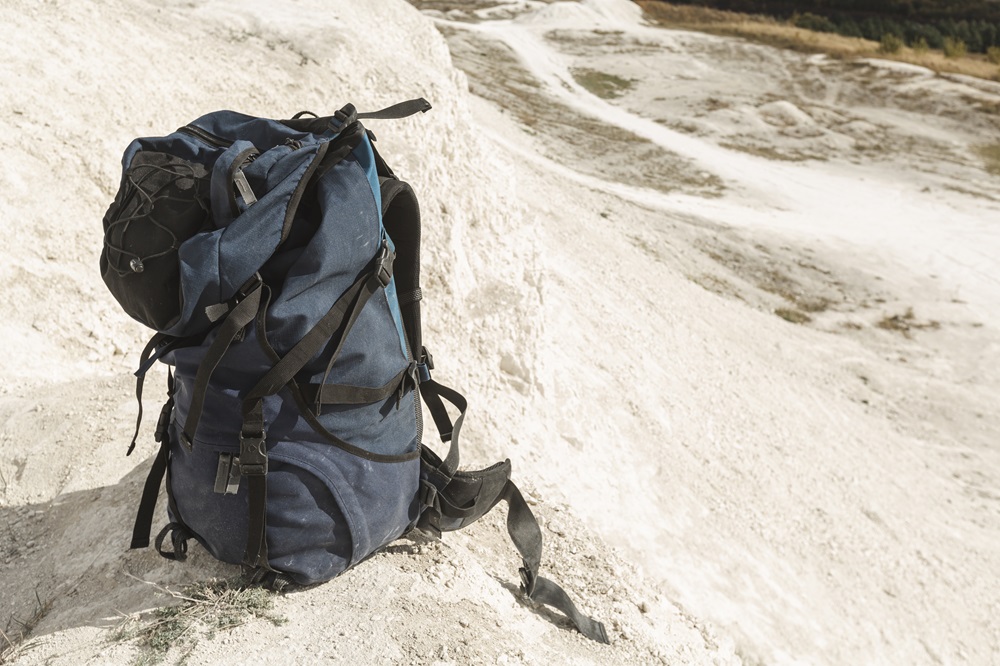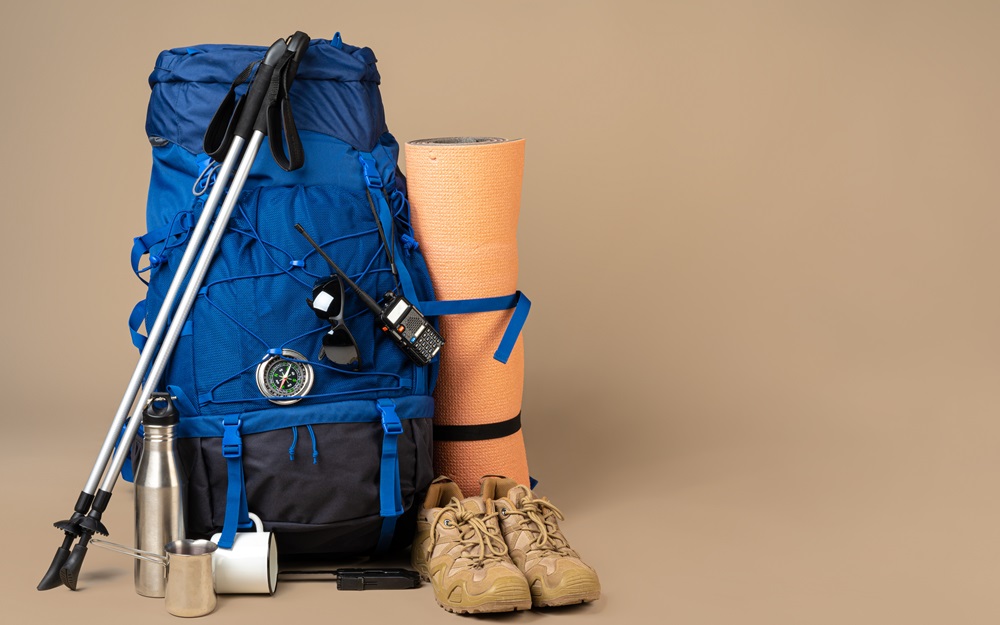Bikepacking blends cycling and camping into one thrilling adventure, letting you explore the world on two wheels with backpacks and gear strapped to your bike. It’s a fantastic way to connect with nature, test your limits, and see stunning landscapes.
Whether you’re a cycling newbie or a seasoned rider, we’re here to guide you through starting your bikepacking journey with confidence.
Let’s break it down into simple steps, packed with tips, facts, and a handy table to get you rolling.
What Is Bikepacking?
Bikepacking is cycling with lightweight gear to camp or stay overnight in remote areas. Unlike traditional bike touring, it often involves off-road trails, gravel paths, or rugged terrain. Think of it as backpacking, but your bike carries the load!
According to a 2023 survey by the Adventure Cycling Association, bikepacking participation grew by 15% in the U.S. since 2020, showing its rising popularity.
Let’s dive into the essentials to kickstart your adventure.
Step 1: Choose the Right Bike
Your bike is your trusty steed, so picking the right one matters. Most bikes work for beginners, but gravel bikes, mountain bikes, or touring bikes are ideal for bikepacking. They handle mixed terrain and carry gear well. Ensure your bike has:
- Sturdy frame: Steel or aluminum for durability.
- Mounting points: For attaching bags or racks.
- Wide tires: At least 1.9 inches for stability on trails.
Pro tip: Check your local bike shop for a fitting. A comfy bike makes long rides enjoyable. If you’re curious about costs, a decent bikepacking bike starts at around $800, per REI’s 2024 gear guide.
Step 2: Gear Up Smart
You don’t need a ton of gear, but choosing wisely is key. Focus on lightweight, multi-use items to keep your load manageable. Here’s a breakdown of essentials:
| Gear Type | Examples | Why It Matters |
| Bikepacking Bags | Frame bag, seat pack, handlebar bag | Holds gear securely without racks |
| Shelter | Lightweight tent or bivy sack | Protects you from weather |
| Sleep System | Sleeping bag, inflatable pad | Keeps you warm and comfy |
| Cooking Gear | Compact stove, spork, small pot | Fuel for hot meals on the trail |
| Clothing | Moisture-wicking layers, rain jacket | Stays light, keeps you dry and warm |
Invest in quality bags like those from Ortlieb or Revelate Designs for durability. A 2024 Bikepacking.com report notes that ultralight setups weigh under 20 pounds, including bike and gear, so pack smart!
Your move: Start with a small gear kit and test it on a short trip. What’s one item you already own that could double as bikepacking gear?
Step 3: Plan Your Route
A great route makes or breaks your trip. Start with beginner-friendly trails like rail-trails or national forest paths. Websites like Bikepacking.com offer route ideas with maps and difficulty ratings. Consider these factors:
- Distance: Aim for 20-40 miles daily as a beginner.
- Terrain: Mix pavement and gravel for easier rides.
- Water sources: Plan stops near streams or towns.
Check weather forecasts and avoid extreme conditions. For example, the U.S. Forest Service reports that 70% of bikepacking accidents are due to poor planning or weather misjudgments. Map your route with apps like Ride with GPS for real-time navigation.
Try this: Pick a local trail for your first overnight trip. How far are you ready to ride?
Step 4: Pack and Test Your Setup
Before hitting the trail, test your bike with all gear loaded. Ride a few miles to check balance and comfort. Secure bags tightly to avoid wobbling. A common rookie mistake is overloading—aim for no more than 30% of your body weight in gear, per cycling expert Sheldon Brown.
Practice setting up your tent and cooking system at home. You’ll thank yourself when you’re not fumbling in the dark!

Step 5: Hit the Trail with Confidence
You’re ready to roll! Start with a short trip, like an overnight at a nearby campground. Bring a friend for extra fun and safety. Stay hydrated—carry at least 2 liters of water or a filter system like Sawyer’s Mini, recommended by Outdoor Gear Lab. Follow Leave No Trace principles to keep trails pristine.
Fun fact: A 2024 study by the Outdoor Industry Association found that bikepacking boosts mental health for 85% of participants, thanks to nature and exercise.
Frequently Asked Questions
How much does bikepacking cost?
Answer: Basic setups (bike, bags, camping gear) start at $1,500, but you can use existing gear to save.
Can I bikepack alone?
Answer: Yes, but start with group trips for safety. Always share your itinerary.
What’s the best season to start?
Answer: Spring or fall for mild weather and fewer bugs.Ready to try bikepacking? It’s an adventure that combines freedom, fitness, and nature. Grab your bike, pack light, and hit the trail. Share your first bikepacking plan in the comments—what’s your dream route?










